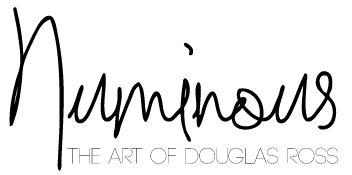
What Is The Iran Nuclear Agreement
What Is The Iran Nuclear Agreement
April 15, 2021
November 24, 2014: Iran and the P5-1 announce that negotiations will be extended due to progress on difficult issues and the willingness of both sides to move forward. The parties announce their intention to reach a political agreement by March and to complete the technical annexes by 30 June. Both parties will continue to implement the terms of the Interim Joint Action Plan from November 2013. Iran and the P5-1 are also making additional commitments. In March 2012, Catherine Ashton, the EU`s head of foreign policy in charge of Western powers, announced that she had “proposed to resume talks with Iran on the nuclear issue”. [78] On 14 April 2012, Iran and the P5-1 countries met in Istanbul to resume talks on Iran`s nuclear programme. The talks lasted two days and were described as constructive, with both sides saying they were out of conflicting rhetoric and saying they were ready to hold a new round of talks in Baghdad in May 2012. [79] On 23 May 2012, the “Green Zone” of Baghdad in Iraq took place the second round of new P5-1 negotiations with Iran. To build on the dynamics of the Istanbul talks, the two sides travelled to Baghdad with concrete proposals on key issues. The P5-1 called on Iran to stop enriching uranium up to 20% U-235, deliver all 20% enriched uranium already produced and close the fordow fuel enrichment plant. [80] In return, the P5-1 will be ready to discuss the supply of medical isotopes, cooperation in nuclear safety and the supply of parts to Iranian civil aviation. [81] They also proposed to “refrain from further UN sanctions against Iran.” [82] Iran has indicated that it is prepared to end the 20% enrichment if the lifting of some of the current sanctions, such as those against its oil industry and its central bank, is achieved. However, the P5-1 position was that the end of uranium enrichment of 20% and greater transparency were needed to be able to precede the lifting of possible sanctions instead of doing so simultaneously.
Iran insisted that its “inalienable right” to enrich uranium be recognized by the P5-1. The media reported that Iran`s five-point proposal included non-nuclear issues such as regional security, but that no other details were available to the public. Once again, the parties were unable to agree on substantial measures. [83] May 8, 2018: President Trump announces that he is withdrawing the United States from the JCPOA and signs a presidential memorandum to introduce the “highest level” of economic sanctions against Iran. In a statement, Finance Minister Steve Mnuchin said the sanctions would be re-applied subject to certain 90- and 180-day “deviation” periods. In a speech following Trump`s announcement, Iranian President Rohani announced that Iran would continue negotiations with other states of the agreement in an attempt to continue the deal without the United States. British Prime Minister May, German Chancellor Merkel and French President Macron reaffirm their continued commitment to the agreement and pledge to cooperate with all parties to ensure its conditions are met.
NewsArchives
- 26th Sep 2023 - Contract Free Sim Cards
- 21st Sep 2023 - Who Signed Ceca Agreement
- 21st Sep 2023 - Wedding Agreement Bercerita Tentang
- 11th Sep 2023 - What Is an Overarching Contract
- 5th Sep 2023 - The Arbitration Clause in Fidic Contracts for Major Works
- 4th Sep 2023 - Bullet Train Loan Agreement
- 21st Aug 2023 - Grant of Permission Agreement
- 18th Aug 2023 - Sba Agreement Form 159D
- 13th Aug 2023 - What Does Are We in Agreement Mean
- 12th Aug 2023 - Construction Project Management Contract Agreement